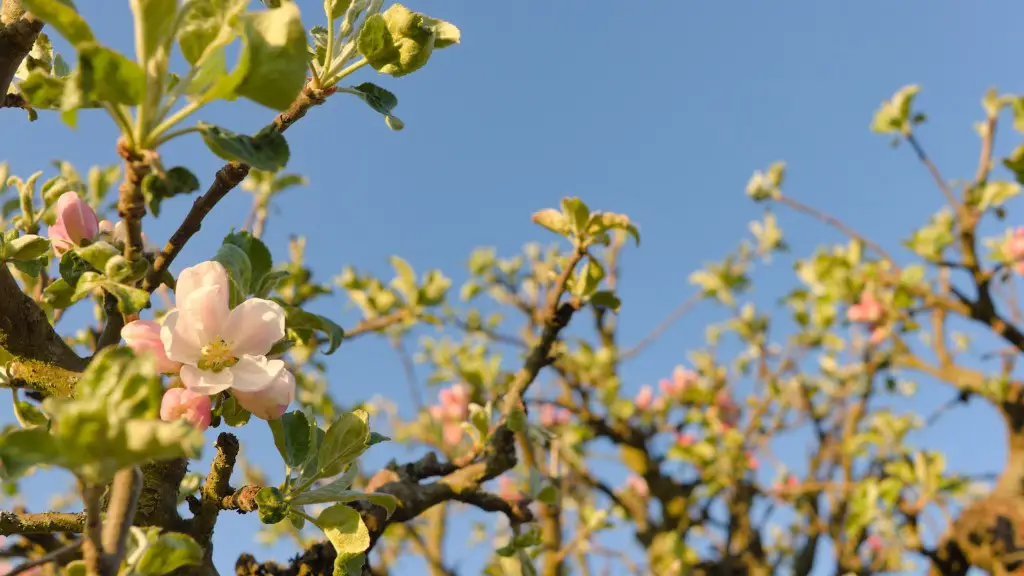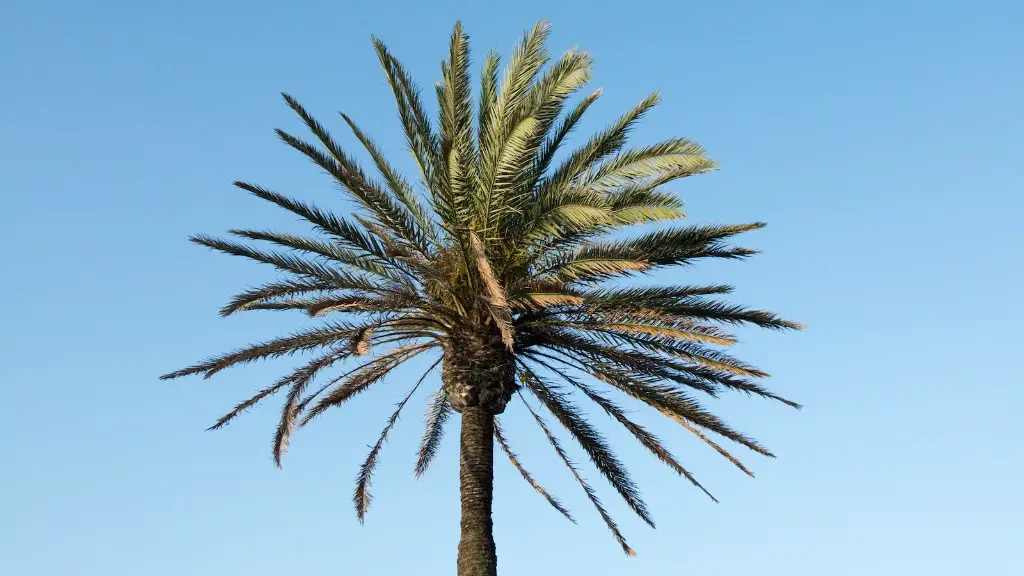Granny Smith Apple Trees are a fantastic and easy way to begin your own apple orchard. They have a few particular characteristics that make them especially attractive for planting, and careful consideration should be taken when timing your sowing and planting of your Granny Smiths.
Firstly, you’ll want to take into account the best seasons for planting Granny Smith Apple Trees. This will vary depending on your climate, since these hardy trees will thrive in some zones and not in others. In general, you’ll want to plant your apple trees any season other than winter and hibernation time, according to Colorado State University. This means aiming for late winter, spring, or early fall as planting times.
Secondly, you’ll want to check the soil pH and choose your soil accordingly. Most Apple Trees prefer neutral to slightly acidic soils in the 5.5-7.0 pH range. Excess acidity or alkalinity can kill your tree, so you’ll want to make sure the soil is just right.
Thirdly, take the temperature into account for best results. Make sure it won’t be too hot or too cold. Preferred temperatures for planting Granny Smith Apple Trees are between 40°F and 75° F, with ideal temperatures between 50°F and 60°F.
Fourthly, you’ll want to research your local climate and match the apple tree to it. This is as important as the soil and temperature, since, for instance, Granny Smith Trees may not do as well in cold climates as, say, Courtland Apple Trees.
Fifthly, make sure of your rootstock type and variety. This ensures that the tree is suited to the soil, the climate, and the size of the plot where you plan to plant your Apple Tree. Check with your local nursery for help in choosing the right rootstock for you.
Finally, once you’ve done your research, mapped out your route, made an appointment with your local nursery, and potentially ordered your Granny Smith Apple Tree online, it’s time to get planting! Planting is an art, so if you’re new to gardening, reach out to an experienced green thumb for help. And whatever you do, remember to always get the best advice from experts, not from friends or the internet.
How to Plant a Granny Smith Apple Tree
Learning how to plant a Granny Smith Apple Tree will help ensure the success of your apple orchard. The foremost step is to dig a hole that’s twice as wide and deep as the rootstock size. When planting, make sure to leave the upper root system exposed and spread out the rest of the roots. Fill the hole with dirt and tap it down until it’s stable. Water well after planting to encourage deep root growth, then use a 2-4 inch layer of mulch for moisture retention.
Caring for a Granny Smith Apple Tree
Caring for your Granny Smith Apple Tree should start right after you plant it. Plants need nitrogen to grow, so supplying fertilizer with a nitrogen-rich mix is essential. Apply a shallow layer of fertilizing every few months every spring and summer, and make sure to water your apple tree regularly. However, as strict watering schedules aren’t ideal for apple trees, observe the soil around your tree before watering and don’t overdo it—this will just dry out the roots and decrease fruit production.
Pruning a Granny Smith Apple Tree
Pruning Apple Trees is vital for their health and for producing fruits. Prune your Granny Smith Apple Tree when it is at least 2 to 3 feet tall. Prune off branches that are below 10 inches from the crown, and shorten overly long branches so that the tree doesn’t become top-heavy. Some popular pruning methods include the “target-shaping” method and the “open-center” method, though it’s important to first educate yourself on pruning techniques in order to get the best results from your pruning efforts.
Harvesting a Granny Smith Apple Tree
Harvesting your Granny Smith Apple Tree is the culmination of months of care and hard work. Apple Trees usually ripen in late summer or early autumn, and Granny Smith Apples specifically ripen in late autumn and early winter. Starting in early autumn, test your apples for ripeness regularly by monitoring their flavor and firmness, and harvest all your apples right before the estimated first frost date in your area.
Diseases and Pests That Affect Granny Smith Apple Trees
Your Granny Smith Apple Tree should, in theory, remain healthy and productive as long as you’re careful with its pruning, fertilization and watering. However, pests and diseases can still sometimes affect your tree. Common pests for Granny Smith Apple Trees include aphids, scale, borers, and apple leafhoppers. Common diseases include apple scab and fire blight. Familiarize yourself with the signs of these pests and diseases so that you can take appropriate steps to get rid of them if they ever appear.


